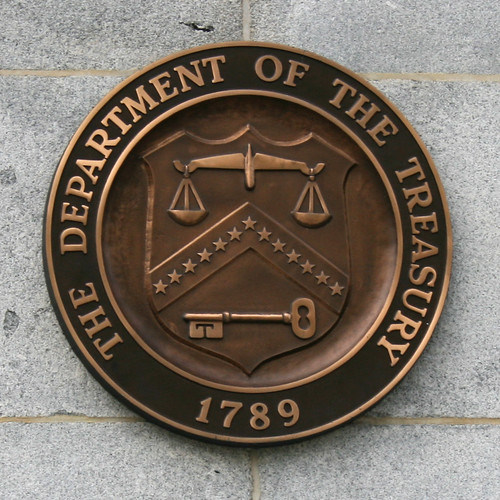(Source: Infrastructurist & Huffingtonpost)
At a White House gathering last week, both Barack Obama and Joe Biden warned America’s governors not to squander stimulus funds on ill-conceived infrastructure projects. “Six months from now,” Biden said, “if the verdict on this effort is that we’ve wasted the money, we built things that were unnecessary, or we’ve done things that are legal but make no sense, then, folks, don’t look for any help from the federal government for a long while.”
Nowhere is this warning more pertinent than in building new roads. The stimulus bill allocates nearly $30 billion in highway funds to the states and requires that put the money to use quickly. That’s a good thing when the money is being spent on smart construction, but it raises the danger that some bad projects will be rushed through, simply because the plans are ready to go (in some cases after being controversially fast-tracked by the Bush administration.) Misguided road building can encourage sprawl, make communities less livable, and devastate the local environment. We looked at shovel-ready new highway projects across the country that are either getting stimulus money or could potentially get some and found seven that, in Biden’s words, “make no sense.”
HuffingtonPost article by the author summarizes these projects as follows:
7. I-295 Loop in Fayetteville, NC – An 8-mile stretch of this freeway is slated to get $63 million for a construction start within the next few months. But it runs through rural land and is a recipe for the worst kind of sprawl. Meanwhile it would deprive the city center of economically valuable military traffic from Fort Bragg. So why are they doing it? Two of the key officials making the state funding list are from Fayetteville.
6. I-69 extension in Indiana – This 142 mile-long highway would cost an estimated $3.5 billion to build. Its effect on the sections south of Bloomington, where it will be built on “new terrain,” would be devastating to rural life in the area, with 400 families affected by the route’s construction and 2,800 acres of farmland paved over. More than 1,000 acres of forests would be cut down. There’s a better alternative that would cost just half as much.
5. Widening I-93 in southern New Hampshire – The plan to expand this overcrowded road from four lanes today to eight along a 20-mile stretch between Salem and Manchester would cost of $750 million. But it ignores what is common knowledge among transportation experts: building more lanes simply creates more traffic. A better alternative: a parallel existing rail line, neglected for years, would offer the area’s commuters a direct shot to downtown Boston.
4. I-66 in Kentucky – This $10 billion project is a disaster. The 420-mile route lies directly between I-64 and I-40, which are only three hours apart. In this rural area, a freeway simply isn’t necessary as there is little traffic on existing roads. And since neighboring states have abandoned work on connecting segments, meaning that the highway would effectively dead-end into local roads at both ends. But the the most dire effects would be on the environment: The road would tear through the Appalachians and the Daniel Boone National Forest.
3. Grand Parkway in Houston, Texas – At 184 miles in length and a projected cost of $5.1 billion, Houston’s fourth outer loop a world-class boondoggle. A 14-mile stretch of the corridor, funded by $181 million of stimulus money, would destroy some local prairie and parkland. The nonprofit group that is pushing the road, is made up major land developers, who see a profitable new frontier for exurban sprawl.
2. Intercounty Connector in the DC suburbs of Maryland – Former governor Parris Glendening thought this highway project would be an environmental disaster. But the 18 mile, $3 billion road seems to be going ahead, to the detriment of Maryland’s ability to fund other transportation projects, like a much-needed new light rail lines in Baltimore. Worst of all, the highway won’t even be much of a help in clearing the traffic on Washington’s infamously congested Beltway–its net effect would be to increase the number of miles traveled by Marylanders in their cars.
1. I-65 Downtown Bridge in Louisville, Kentucky – This $4.1 billion project would create a 24-lane monstrosity along downtown Louisville’s waterfront, eparating the city center from the Ohio river and cutting into a brand new park. Approximately 100 residential properties and 30 businesses would be taken for the project, and the enormous, ugly interchange of the three roads would loom above downtown. A much simpler and cheaper plan would open up the downtown waterfront and allow the for the construction of an attractive boulevard like San Francisco’s Embarcadero.
Click here to read the detailed analysis on each of these projects.
Note: Transportgooru doesn’t fully agree with the author on the reasons cited for labeling these projects as wasteful spending, especially the Maryland ICC interconnector. As always, everyone has the right to their opinion and so do the author and many of his readers who do not accept his views.










